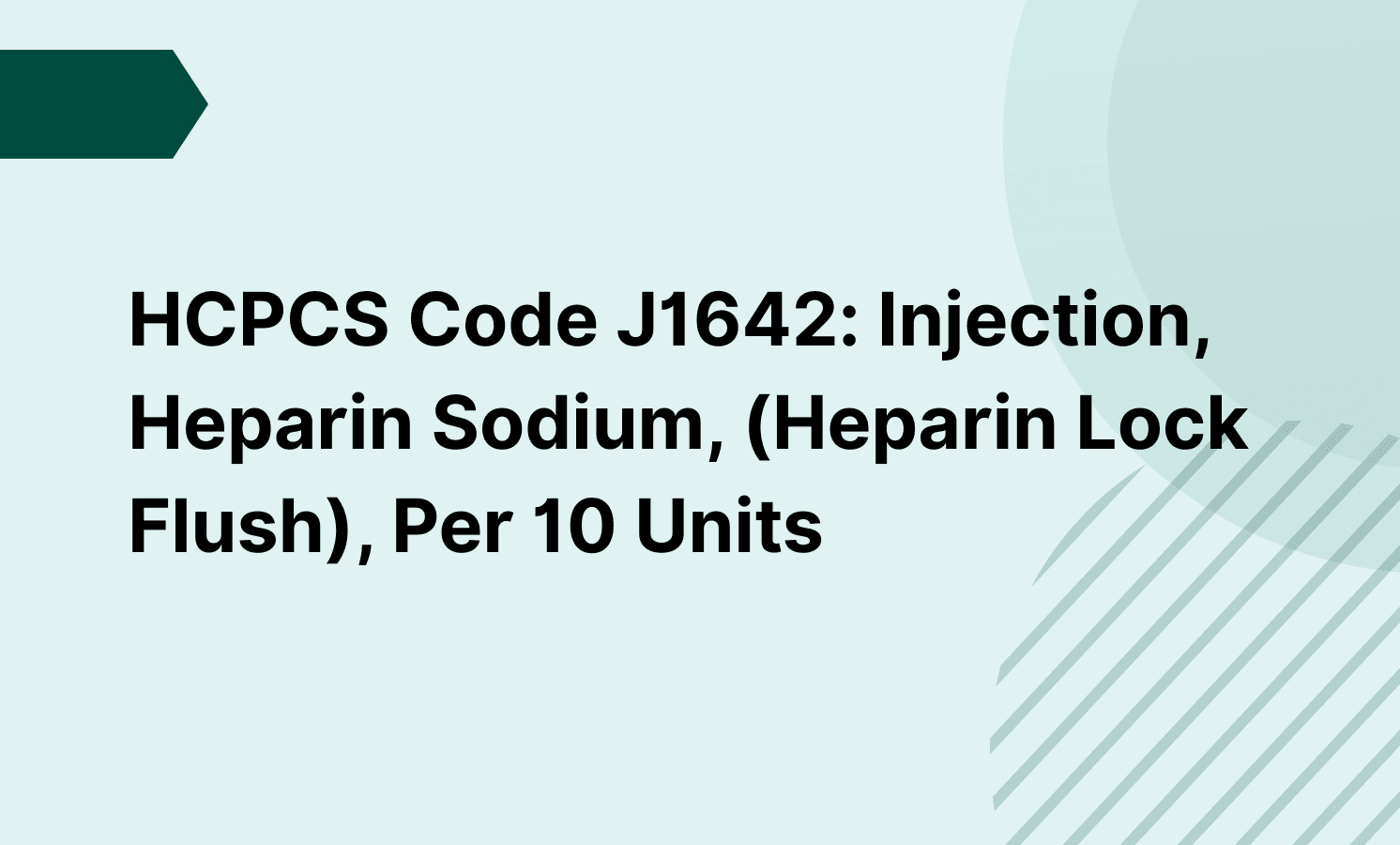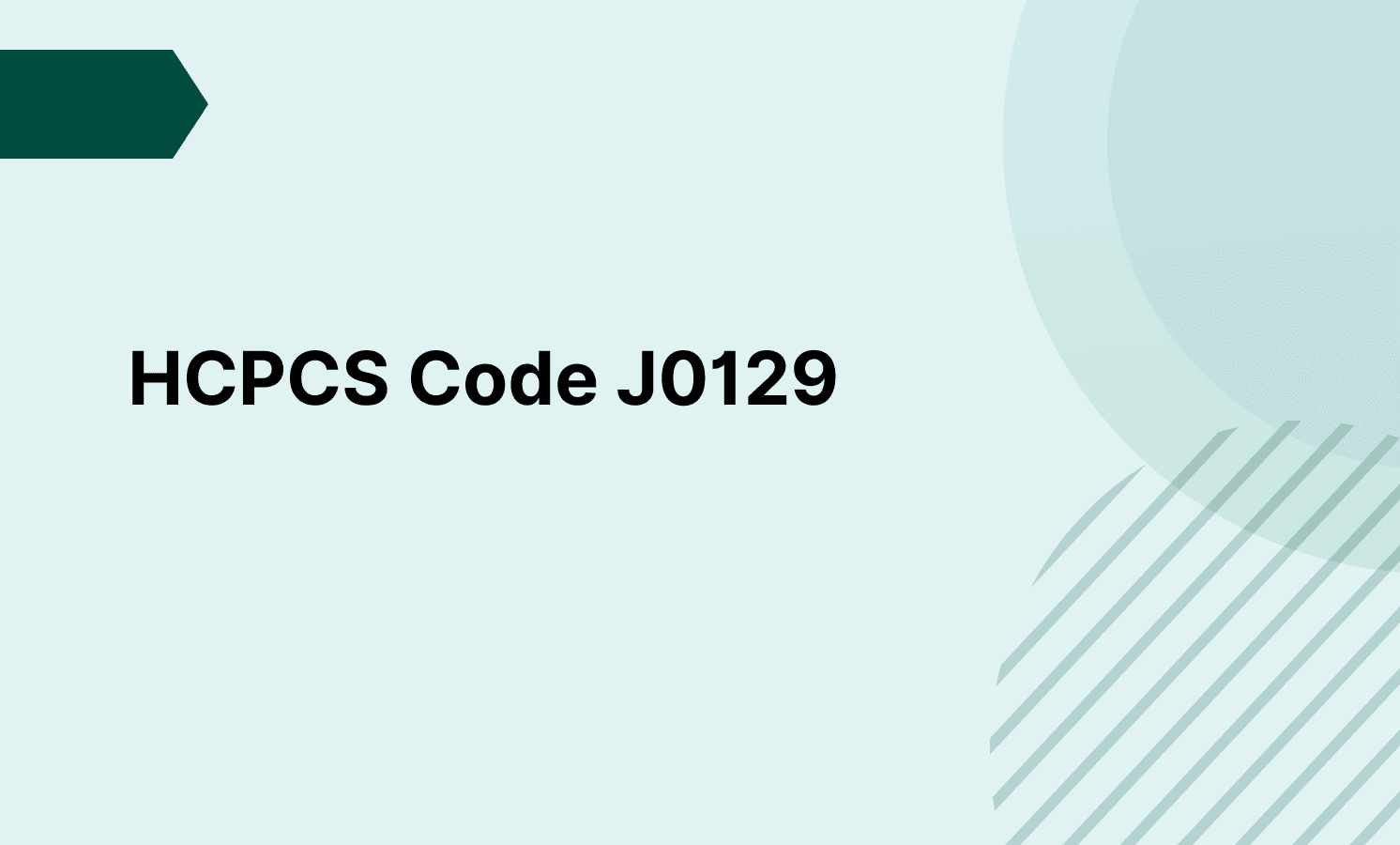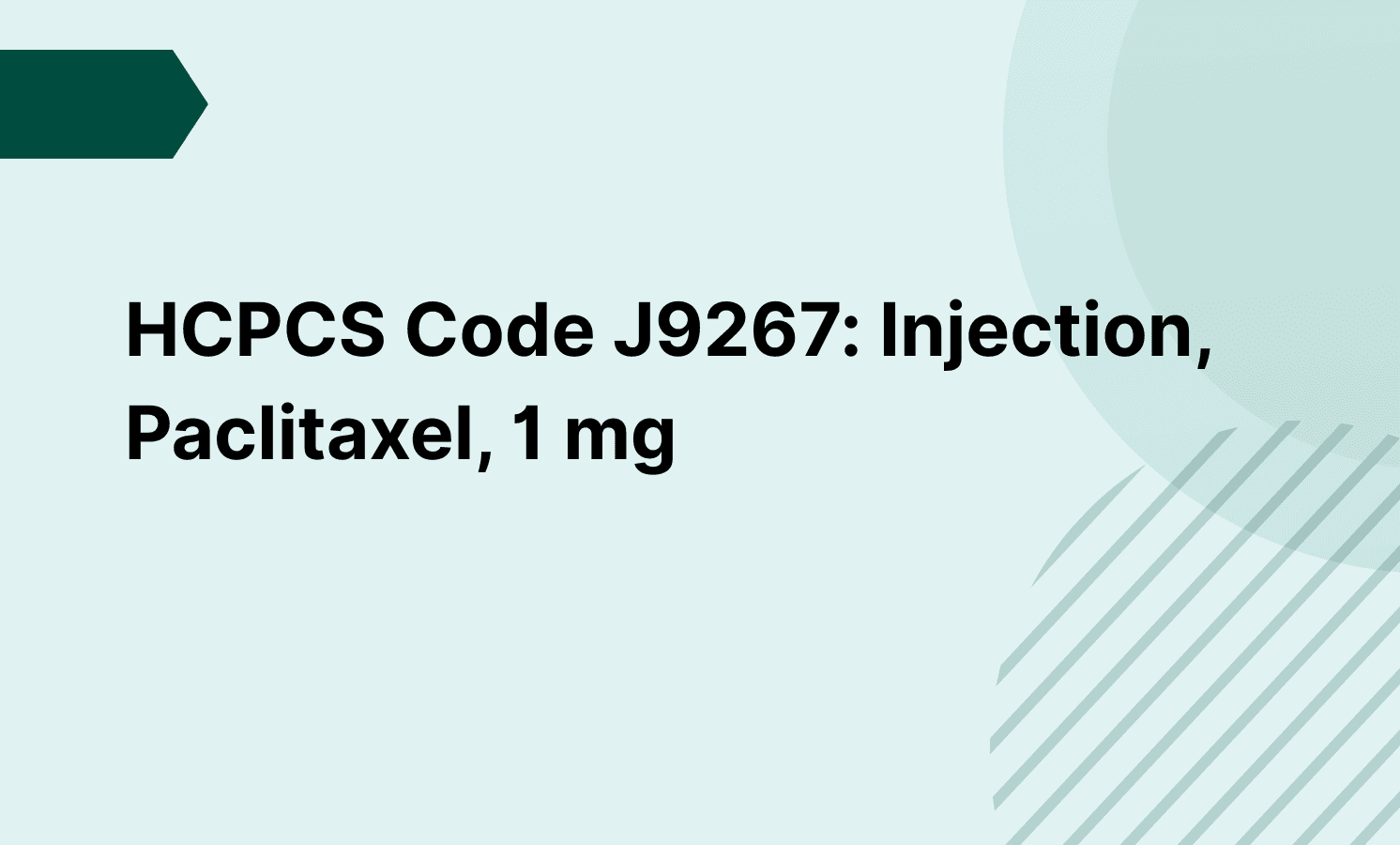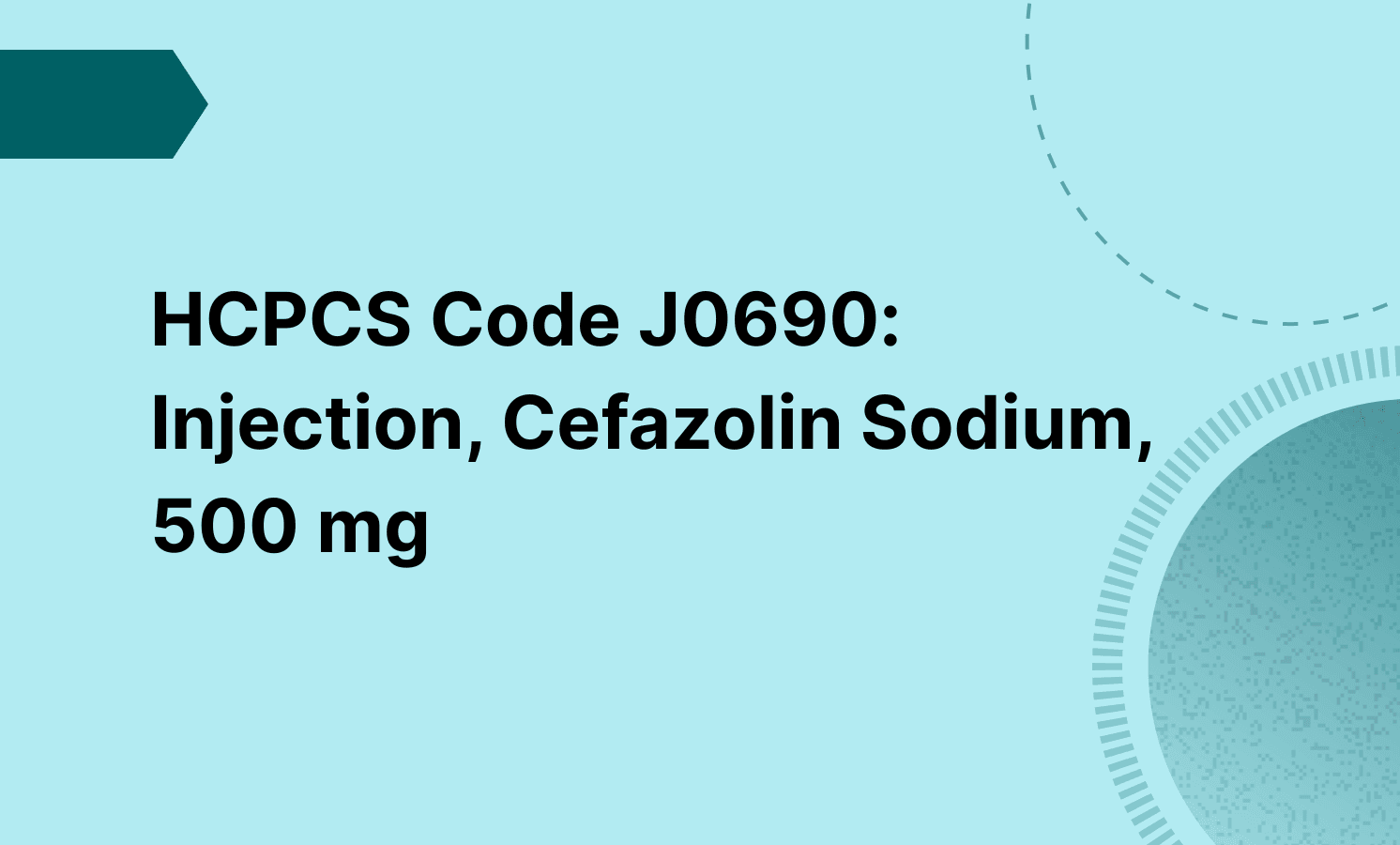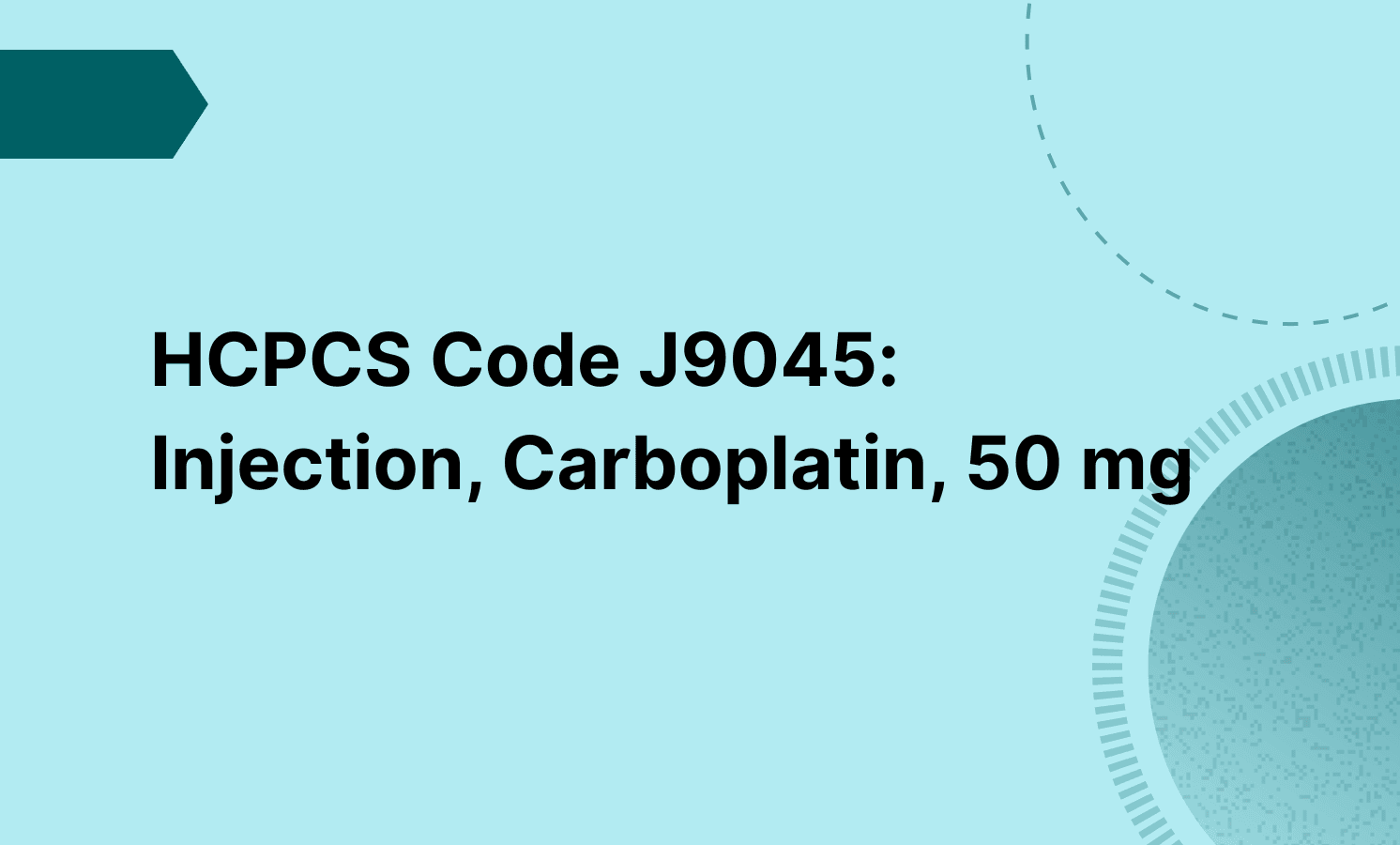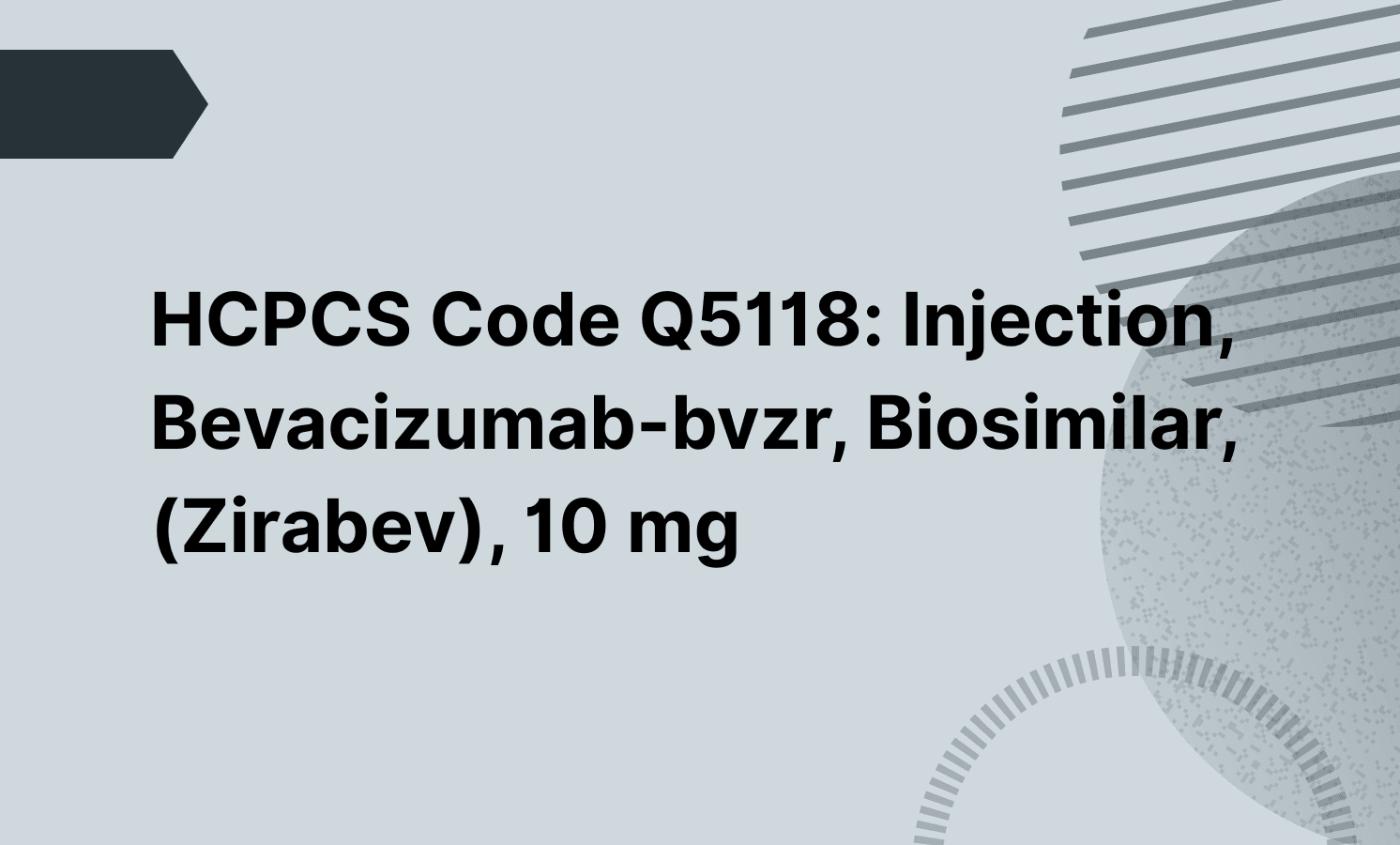CPT code 83036 is approved for use with ICD-10 diagnosis codes that support medical necessity for Hemoglobin A1c testing, primarily for diagnosing and managing diabetes. Common approved codes include E11.9 (Type 2 diabetes mellitus without complications), E11.29 (with kidney complications), and E11.319 (with unspecified diabetic retinopathy). Documentation must link the test to a relevant condition to ensure coverage and proper reimbursement.
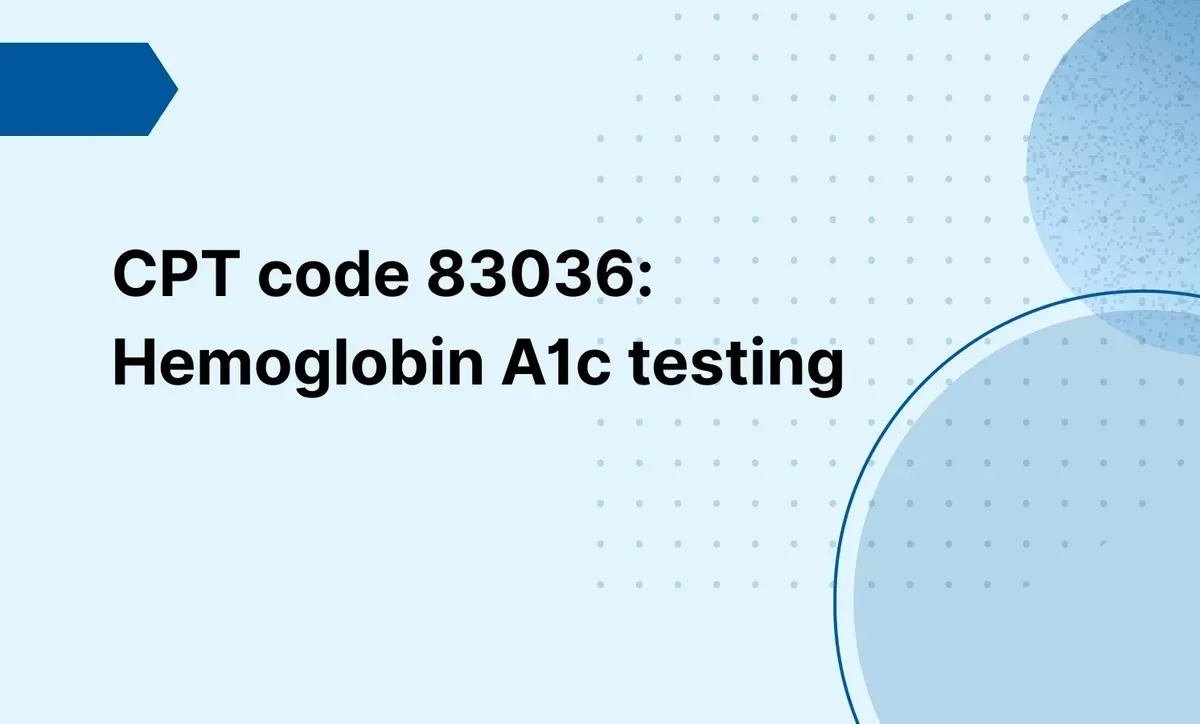
CPT code 83036: Hemoglobin A1c testing
Understand CPT code 83036 for Hemoglobin A1c testing, including documentation, billing guidelines, and related CPT codes for proper diabetes management billing.
Frequently asked questions
CPT 83036 is used when the Hemoglobin A1c test is performed using a standard laboratory immunoassay method, typically in centralized labs. In contrast, CPT 83037 applies to tests performed with an FDA-cleared device for home use.
Under Medicare guidelines, CPT 83036 can generally be billed once every 3 months for patients with controlled diabetes, and more frequently if justified by changes in treatment or unstable glycemic control. Payers may have specific frequency limitations, so billing more than 4 times per year typically requires medical necessity documentation explaining the clinical reason for repeat testing.
EHR and practice management software
Get started for free
*No credit card required
Free
$0/usd
Unlimited clients
Telehealth
1GB of storage
Client portal text
Automated billing and online payments

